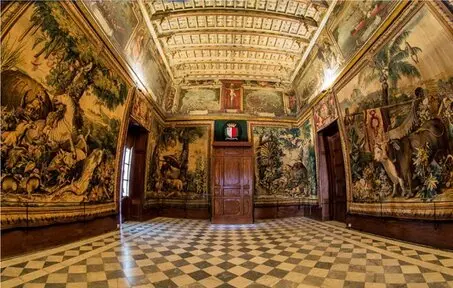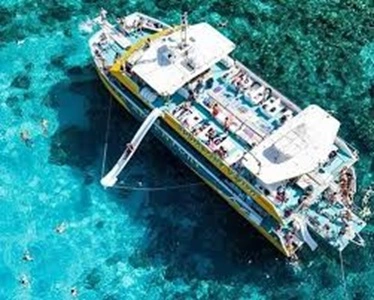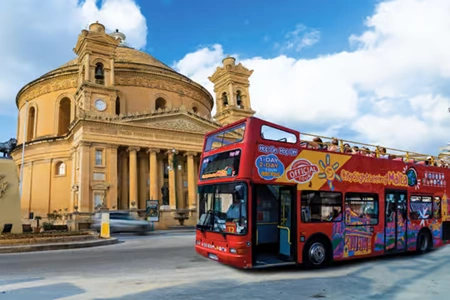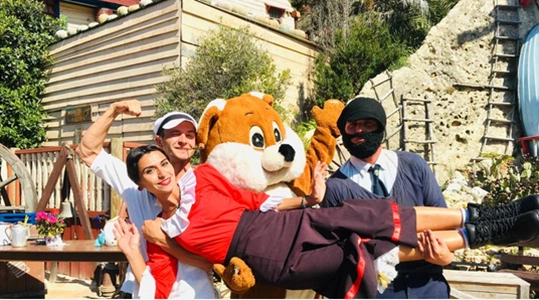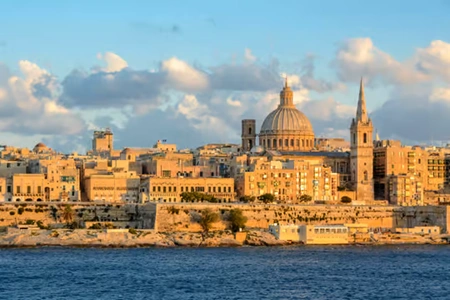Grand Master's Palace
The Grand Master's Palace houses the Office of the President of Malta. It is also a museum, consisting of the State Rooms and the Armoury.
The first version of this building, by the same architect of the St John's Co-Cathedral, Girolamo Cassar, was commissioned in 1570 and became the Auberge d' Italie, the home of the Italian knights. It was among one of the first buildings arising in Valletta. Like St John's Co-Cathedral, it was simple and austere.
App info: In our app you will find the location, address, opening hours and admission / entrance fee of this spot. If you use the app, you will find additional information and news about this spot on this page.
Adjacent a second villa was built by Eustachio del Monte, nephew of Grand Master Jean Parisot de Valette, the name giver and founder of the city. Grand Master Pietro del Monte commissioned the merging of the two villas into one Magistral Palace. Over time, the austerity softened by many sculptures and the façade adored with balconies and a very large gallarija, the wooden closed balcony running along the façade and sidewalls.
In the Tapestry Room there is a complete set of French Gobelins tapestries, known as the Teintures des Indes. Grand Master Perrellos ordered this set, the fourth weaving of ten, on the occasion of his investiture (1710). Malta has the only complete collection of such Gobelins. The room has an original wooden coffered ceiling and frescos of important sea battles.
In the State Dining Room there are the portraits of all the Maltese presidents and a portrait of Queen Elizabeth, sovereign of Malta between Independence (1964) and becoming a Republic (1974).
The Throne room, or Yellow Room, is the largest and most impressive room. The walls are lined with golden damask and over the damask is a great set painted virtues in fresco, framing scenes of the Great Siege. The artist was Matteo Perez d'Aleccio (d. 1616), who started of as a student of Michelangelo. There is also a ceremonial wooden ship's balcony. The room is used for official events and for exhibitions.
The Pages Room has frescos of the show scenes of the history of the Order in Jerusalem, educating the pages while they waited for their masters who conferred in the adjacent Ambassadors' Room.
In the Ambassadors Room (or the Red Room, since it is covered in red damask), the Grand Master would receive ambassadors and dignitaries of high offices. There is a continuation of the frescos from the Pages room, showing scenes of the Order at Mdina and Jerusalem.
The Armoury has one of the larger collections of armoury and weapons in the region. The Order of St John had great interest in maintaining and updating their arsenal of weapons. When a knight of the Order died, his weapons and horses would revert to the Armoury for further use. The Armoury is divided in two rooms. The first one has mainly suits of armour, helmets and other corresponding parts, and the second part has mainly weapons.
There is a great variety in suits or armour, Spanish, Italian, French and Ottoman. The shapes of the corresponding helmets is astonishing and frightening at the same time, as psychology also plays a role in the art of war.
The finest collection is of 'parading' armour, such as the magnificent black suit embossed with gold, made for Grand Master Wignacourt. A number of such parading suits of armour have a complimentary set for the knight's horse.
Here one can also discover the differences in armour between the knights and their Turkish opponents.
The second room is filled with pistols, guns, swords, crossbows, spikes, lances, javelins, bayonets, hunting guns, sniper rifles, cannons and further assorted military paraphernalia.
The Grand Master's palace is a must see site.
Opening hours | Mondays till Sundays 9:00 - 16:30 |
Last admission | Last tour 15:30 |
Closed | |
Ticket / admission fee | |
Childeren (6-11 yrs) | € 3.00 |
Adults (18-59 yrs) | € 6.00 |
Youths (12-17 yrs) | € 4.50 |
Latest news and original website of the attraction / spot / advent |
Additional information
The Ambassador's Room.
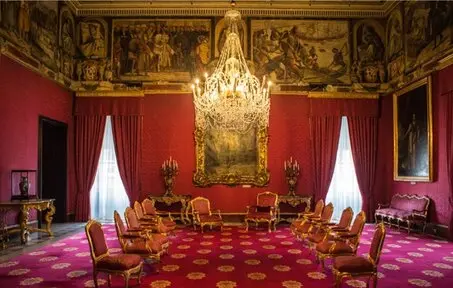
Til April 2015 the palace also housed the House of the Representatives (Parliament).
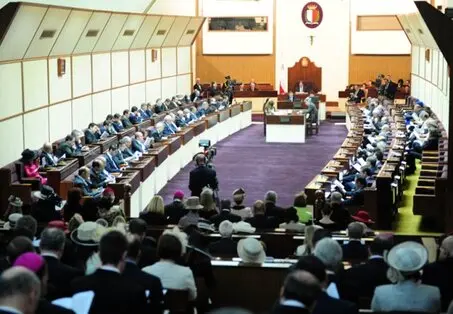
The Palace clock is the work of renowned Maltese clock maker Gaetano Vella and was commissioned in 1745 by Grandmaster Manoel Pinto de Foneseca.
The clock has four faces. The upper turret features four bronze figures, known as jacquemarts which symbolise Turkish slaves striking the clock bells.
The middle one shows the hour and the others show the month, day and lunar phase.
In November 2011 was the clock restored.
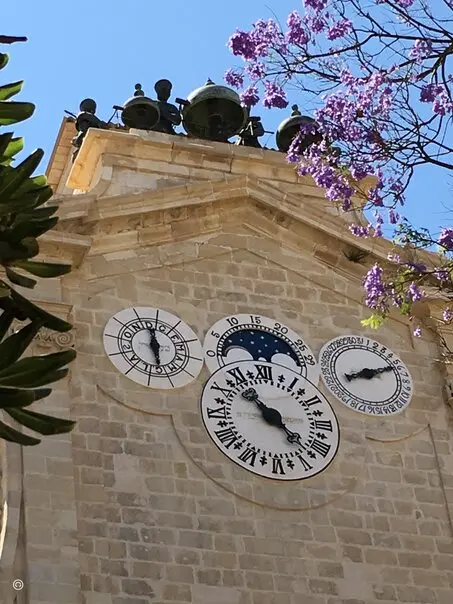
An old photo of the palace.
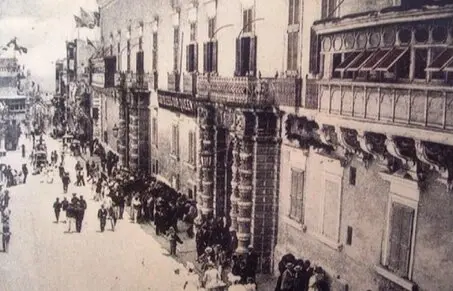
An example that you can find in one of the two armory rooms.

The Tapestry Chamber.
